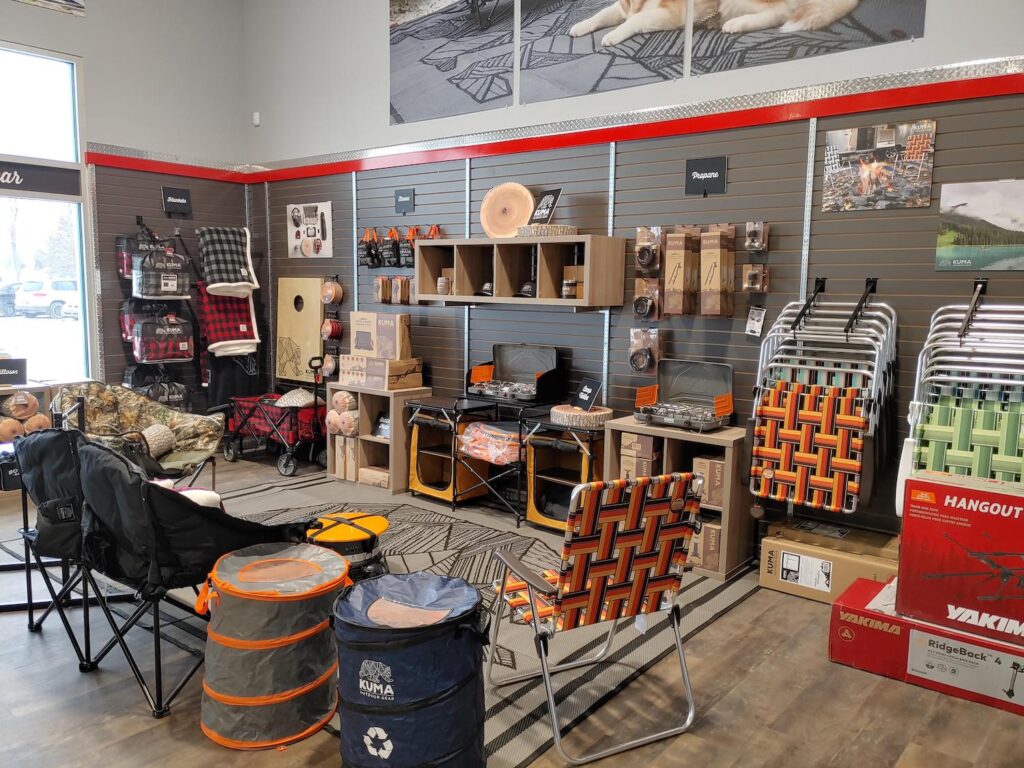Report from Yahoo! Finance
The camping furniture market is estimated to be worth around $264.2 million in 2024, according to recent report from Future Market Insights (FMI).
Between 2024 and 2034, the market is projected to grow at 4.80% and reach $422.2 million. The demand for camping furniture is growing significantly as more people who enjoy outdoor activities turn to camping, the Yahoo! Finance shares from the report. The rise in camping and the increasing desire to visit unexplored places in recent years have resulted in demand for camping furniture. The global market for camping furniture has expanded, and the next several decades are likely to see continued growth, according to the FMI report.
The global camping furniture market is primarily driven by the rising participation in camping and outdoor recreational activities, particularly among millennials. Moreover, governments, particularly in developed countries, have proactively promoted and supported camping activities by implementing policies and programs encouraging people to engage in camping.
The availability of various innovative product designs, such as adaptable and comfortable tables and seats, is driving up the global market for camping furniture, the report states. Customers’ preferences have been shifting in favor of contemporary and innovative furniture. Manufacturers strongly emphasize making durable, multipurpose furniture to gain a competitive edge, FMI reports. The demand from manufacturers of lightweight and portable camping gear for reasonably priced and ecologically friendly raw materials, such as aluminum, wood, and recycled plastic, has increased.
Key Takeaways From the Camping Furniture Market:
- The United States camping market is increasing at a CAGR (compound annual growth rate) of 2.6%.
- China’s adventure furniture market is projected to grow at a rate of 6.5% until 2034.
- During the forecast period, Germany’s folding campsite gear market is expected to achieve a CAGR of 4.1%.
- India’s camping furniture market is anticipated to expand at a CAGR of 7.0% over the projected period.
- The market for camping gear in Australia is growing at a 4.3%.
- The outdoor furniture market was estimated to be dominated by chairs and stools, with a market share of 47.9%.
- The offline distribution segment is expected to hold a market share of 68.90%.
The FMI report concludes by stating there is fierce competition in the market, with companies vying for customers’ attention with innovative and high-quality products. Season-friendly furniture is a fragmented industry with many small- and medium-sized players. These companies often focus on specific service or product categories within a given market. Many businesses focus on organic business development via product launches, approvals and other things like patents and events. The inorganic growth techniques employed worldwide were partnerships, acquisitions and collaborations.
